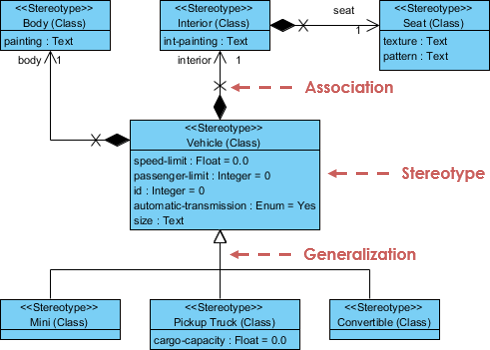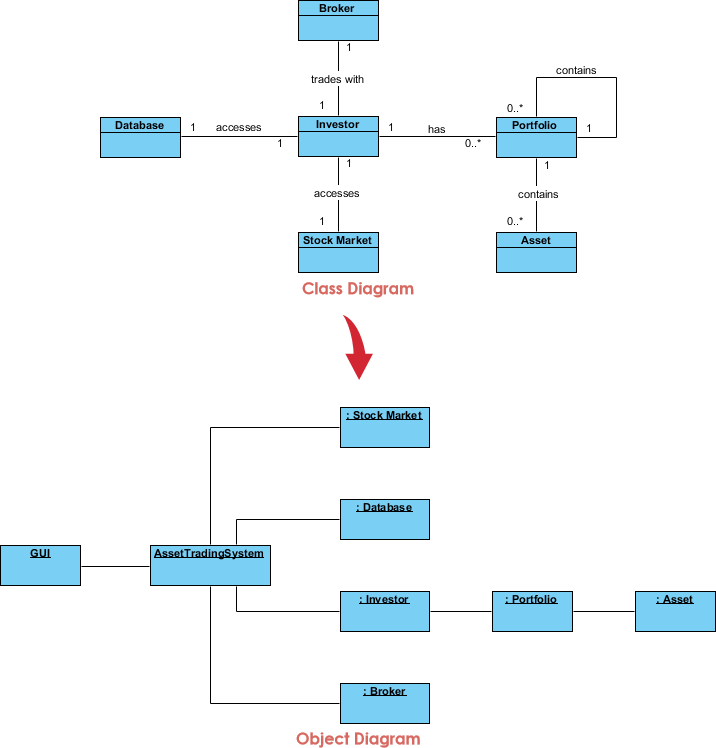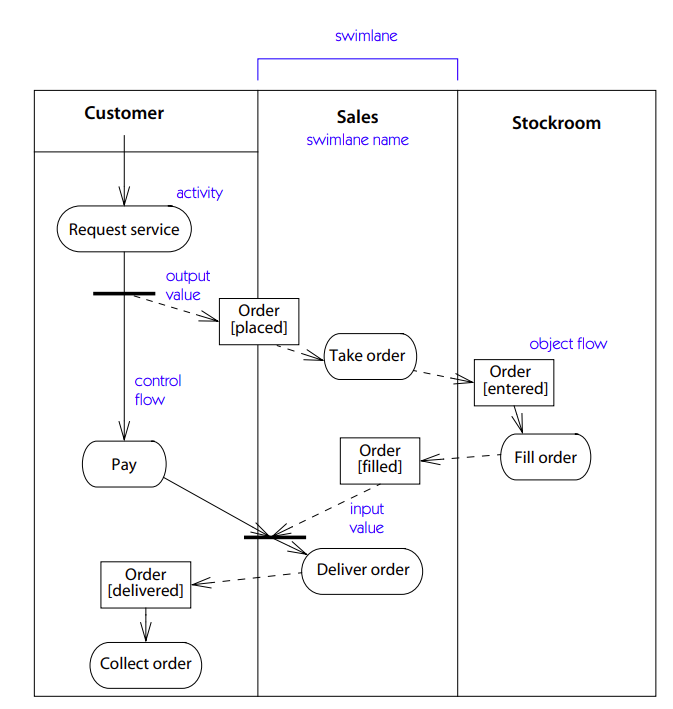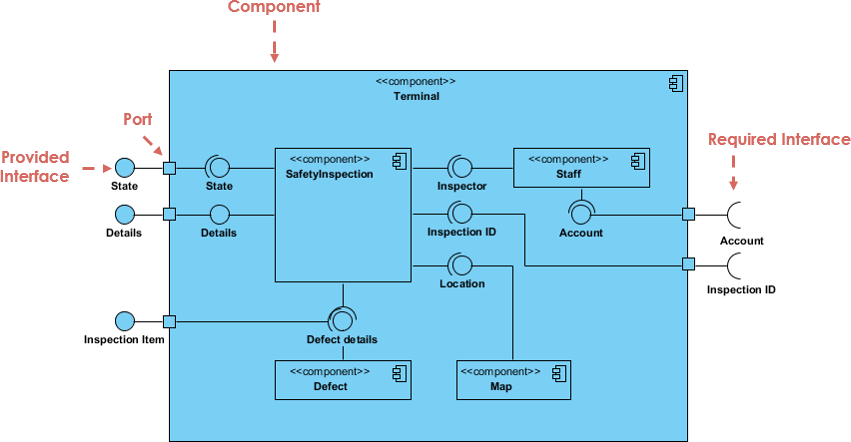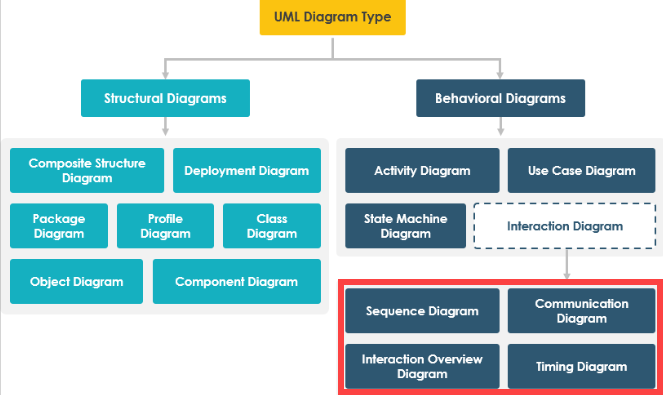Understanding Profile Diagrams in UML: A Comprehensive Guide
Unified Modeling Language (UML) is a powerful tool used by software engineers and designers to visualize, document, and communicate the various aspects of a software system. UML offers a wide range of diagram types, each designed to represent specific aspects of a system's architecture and behavior. Among these, the Profile Diagram stands out as a specialized diagram that allows users to extend UML to meet their specific modeling needs. In this article, we will delve into the world of Profile Diagrams in UML, exploring their purpose, elements, and how they can enhance the…continue reading →

